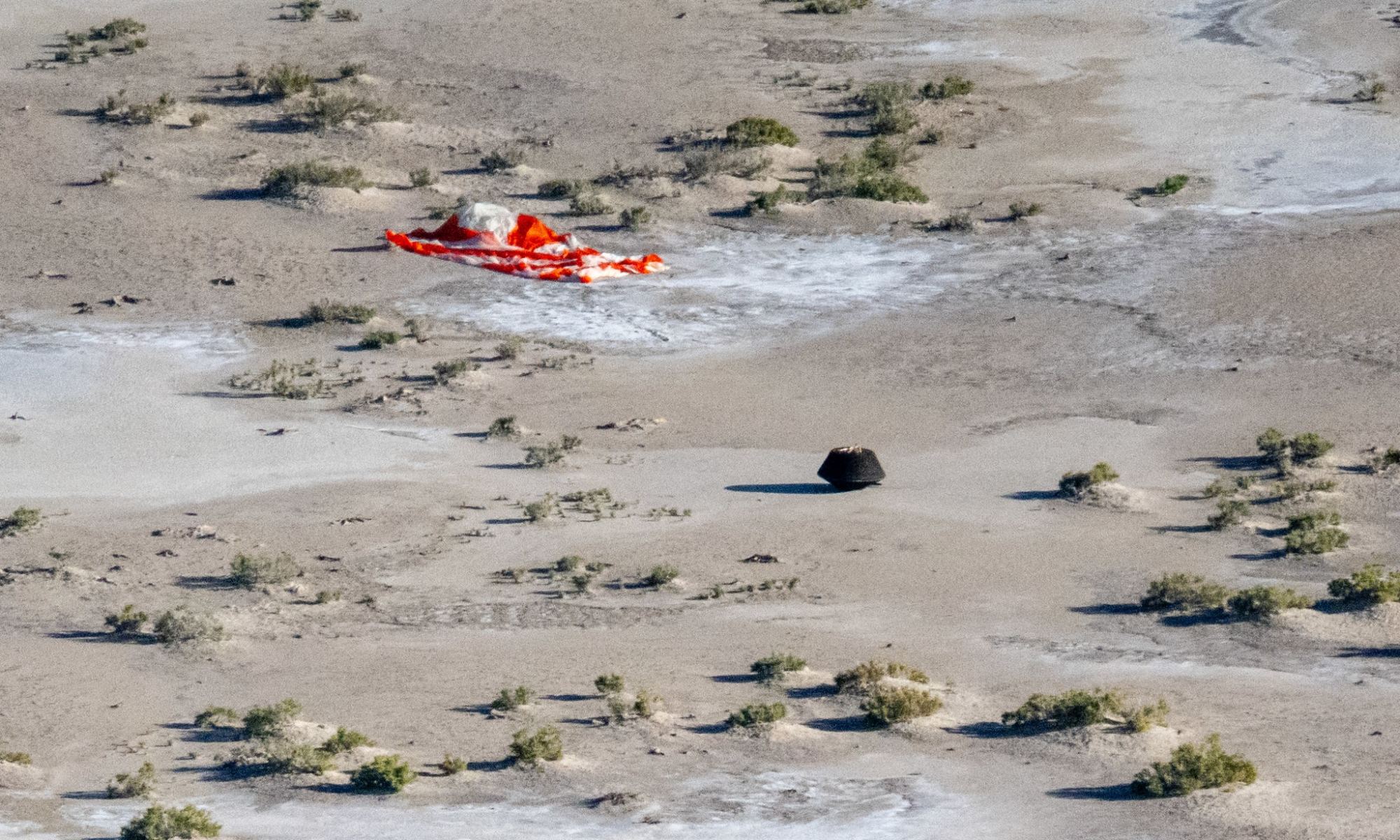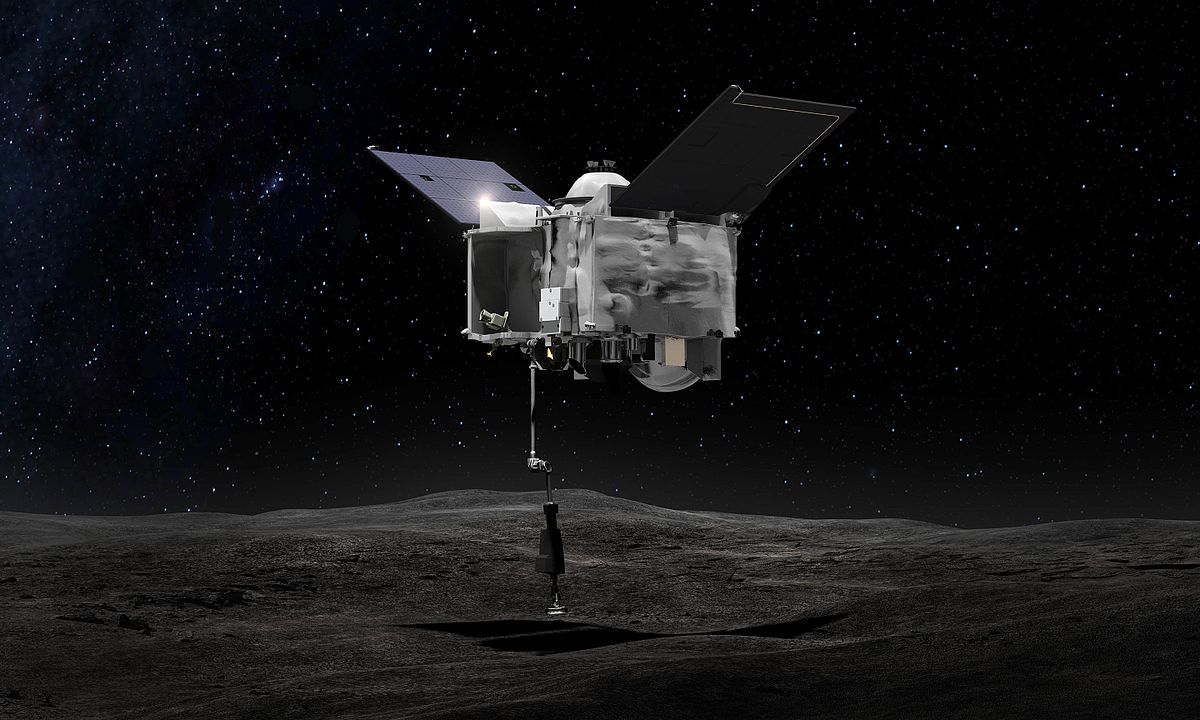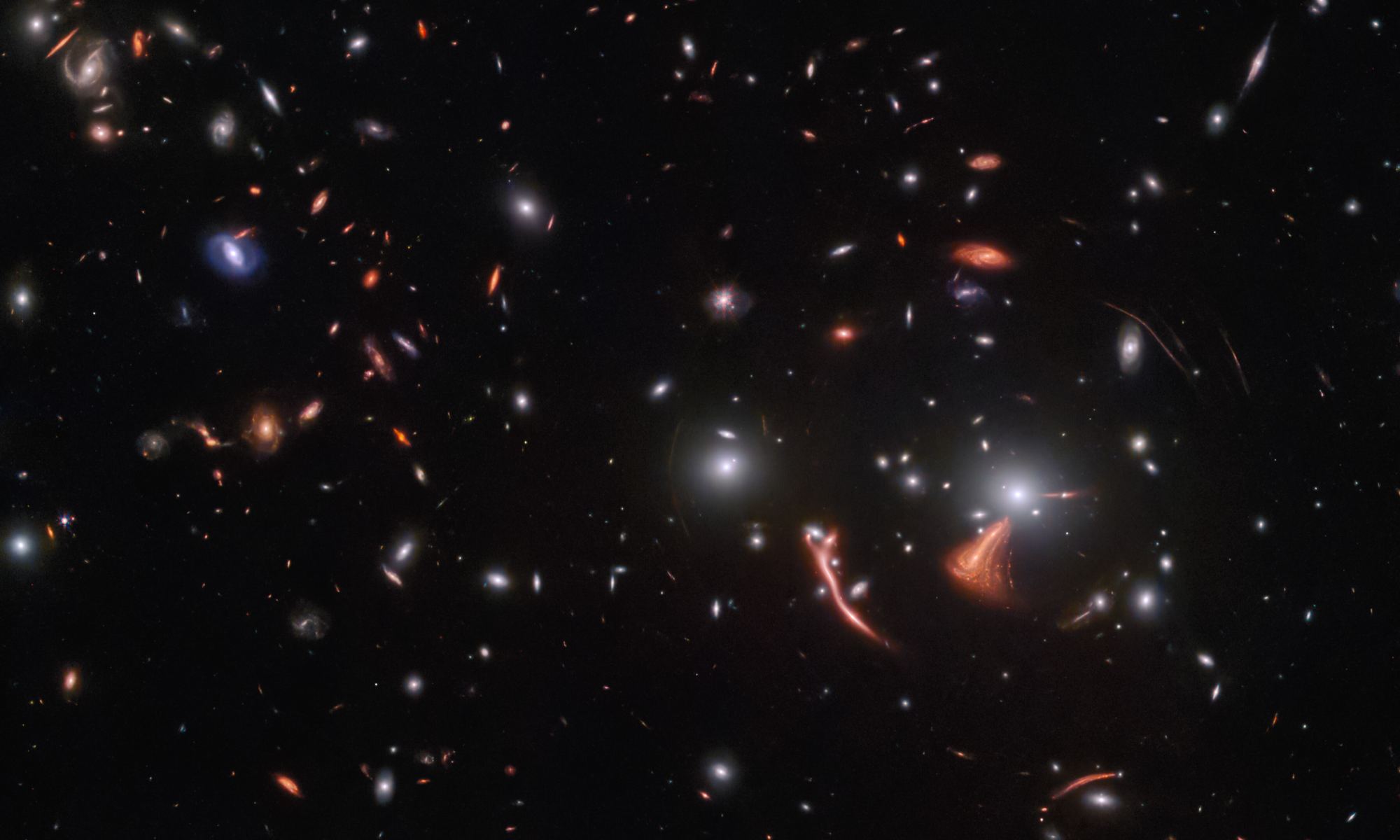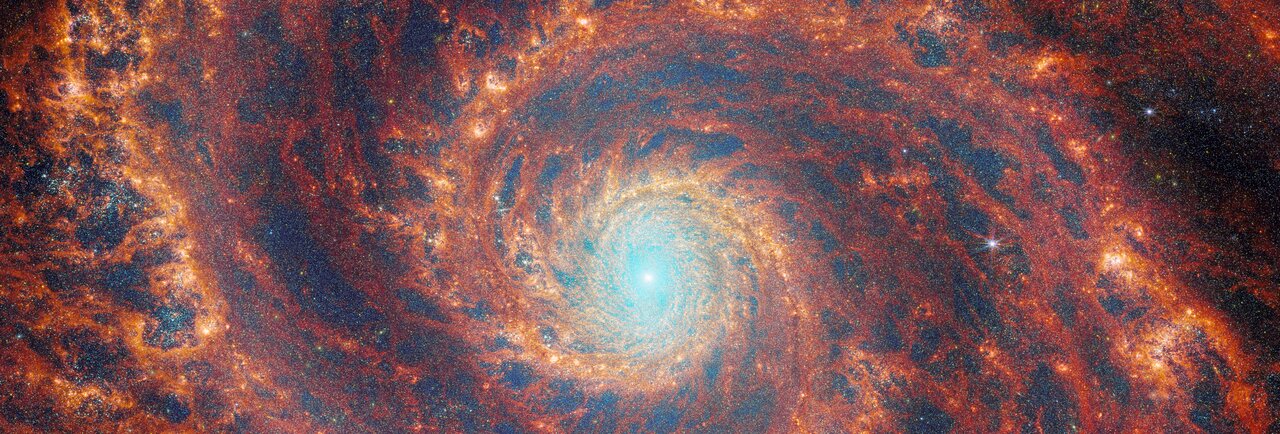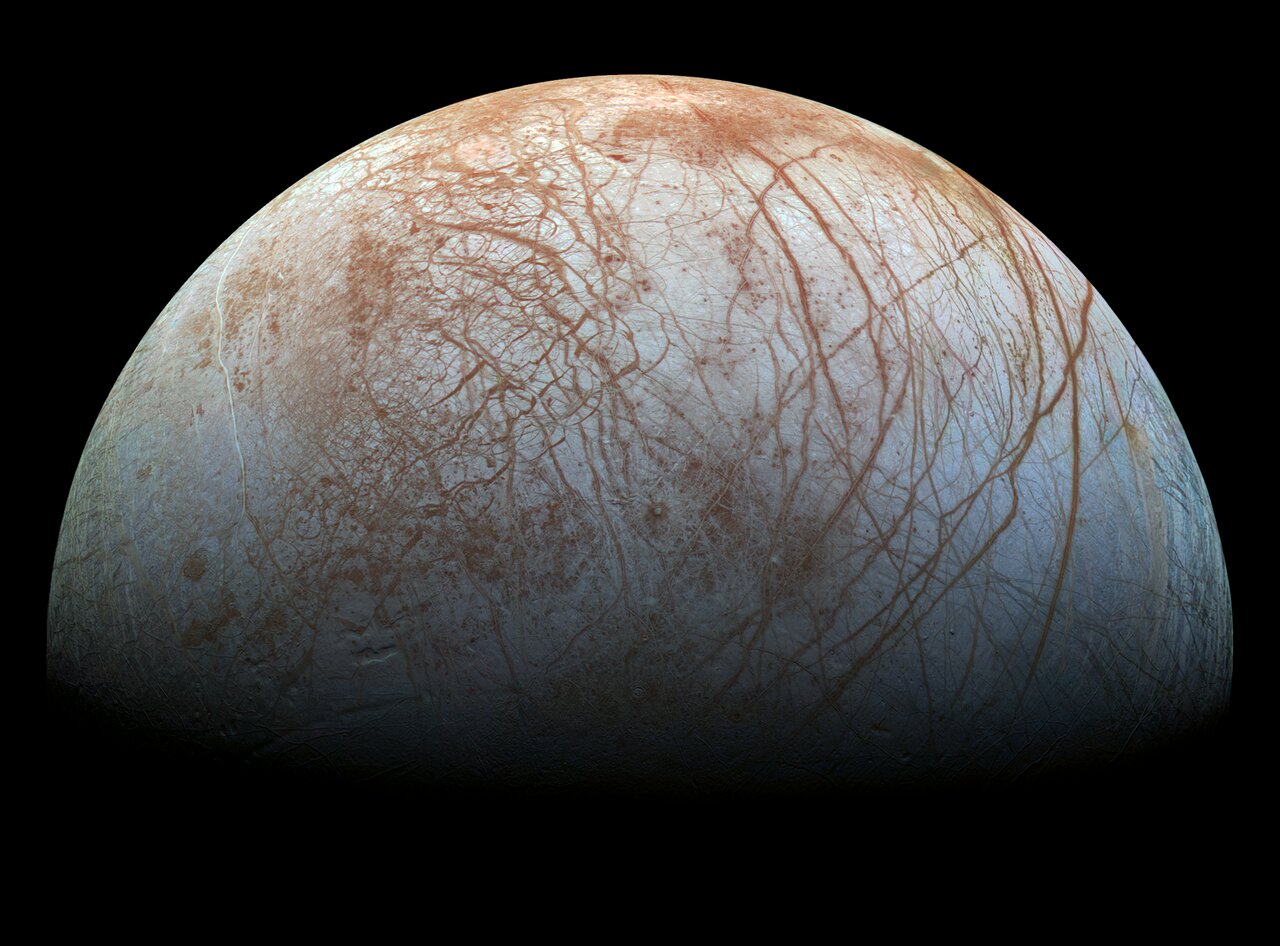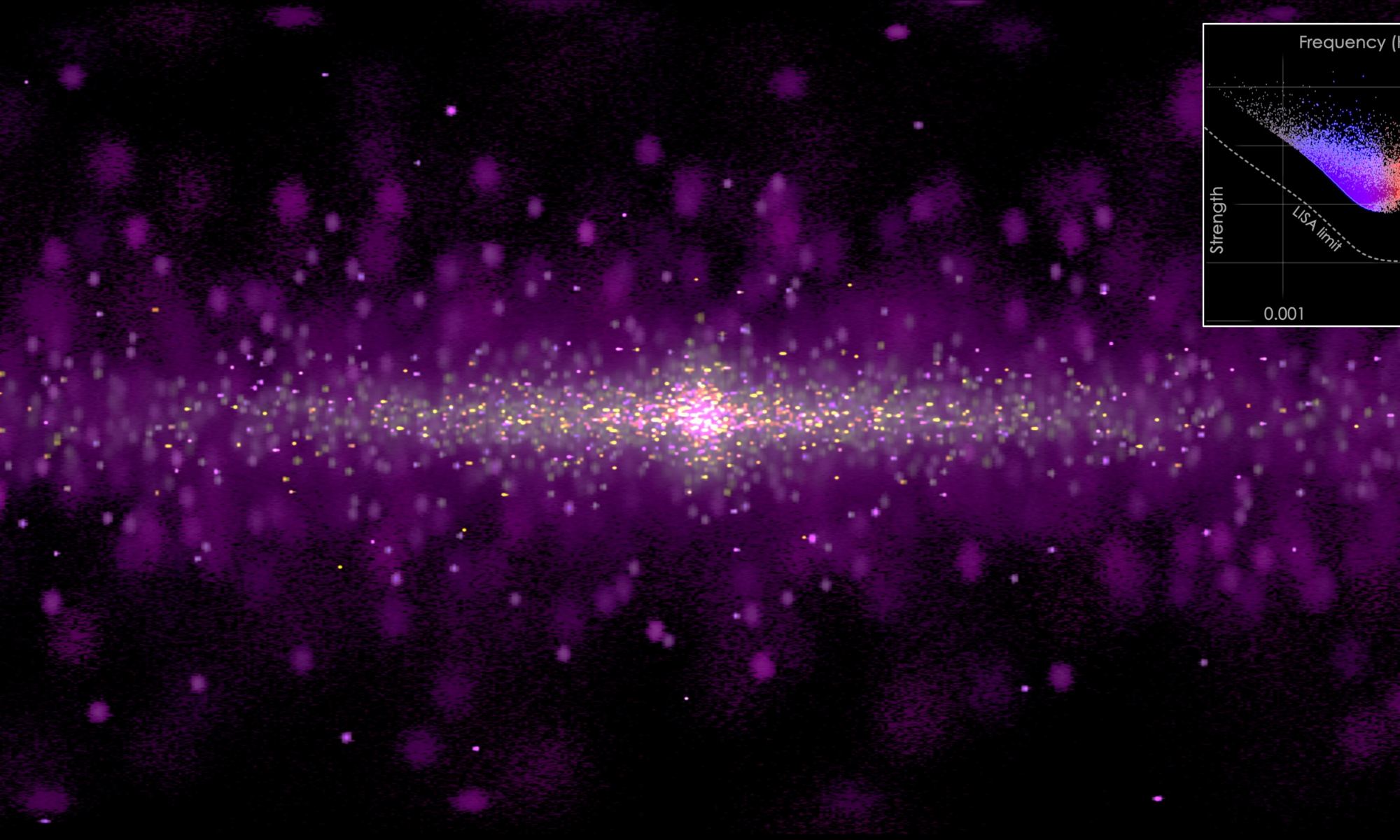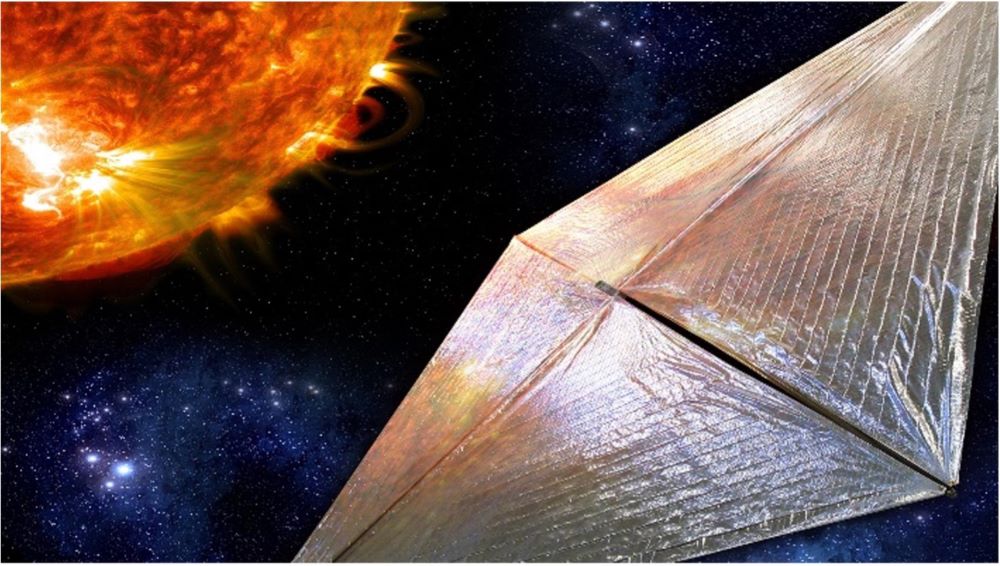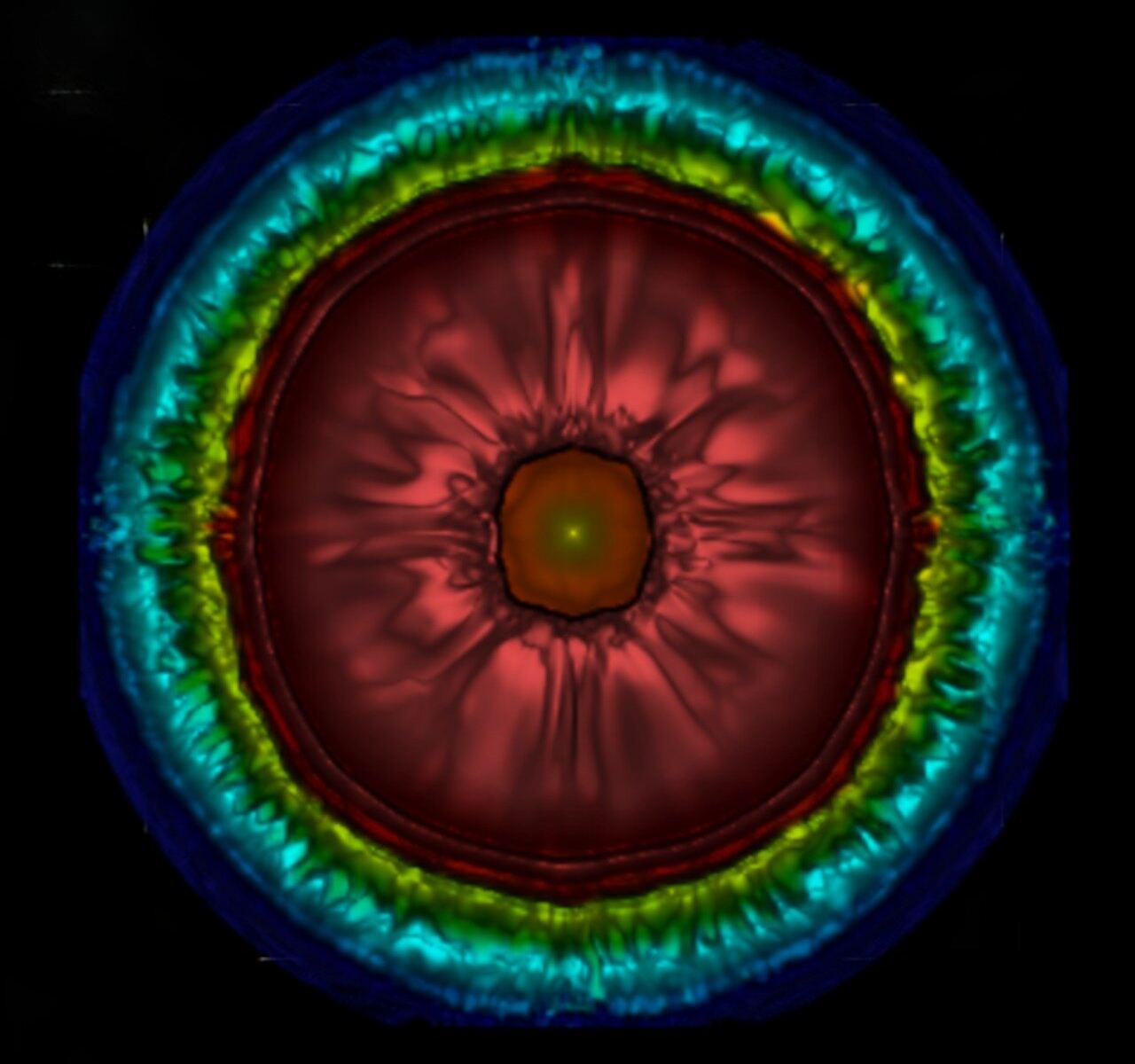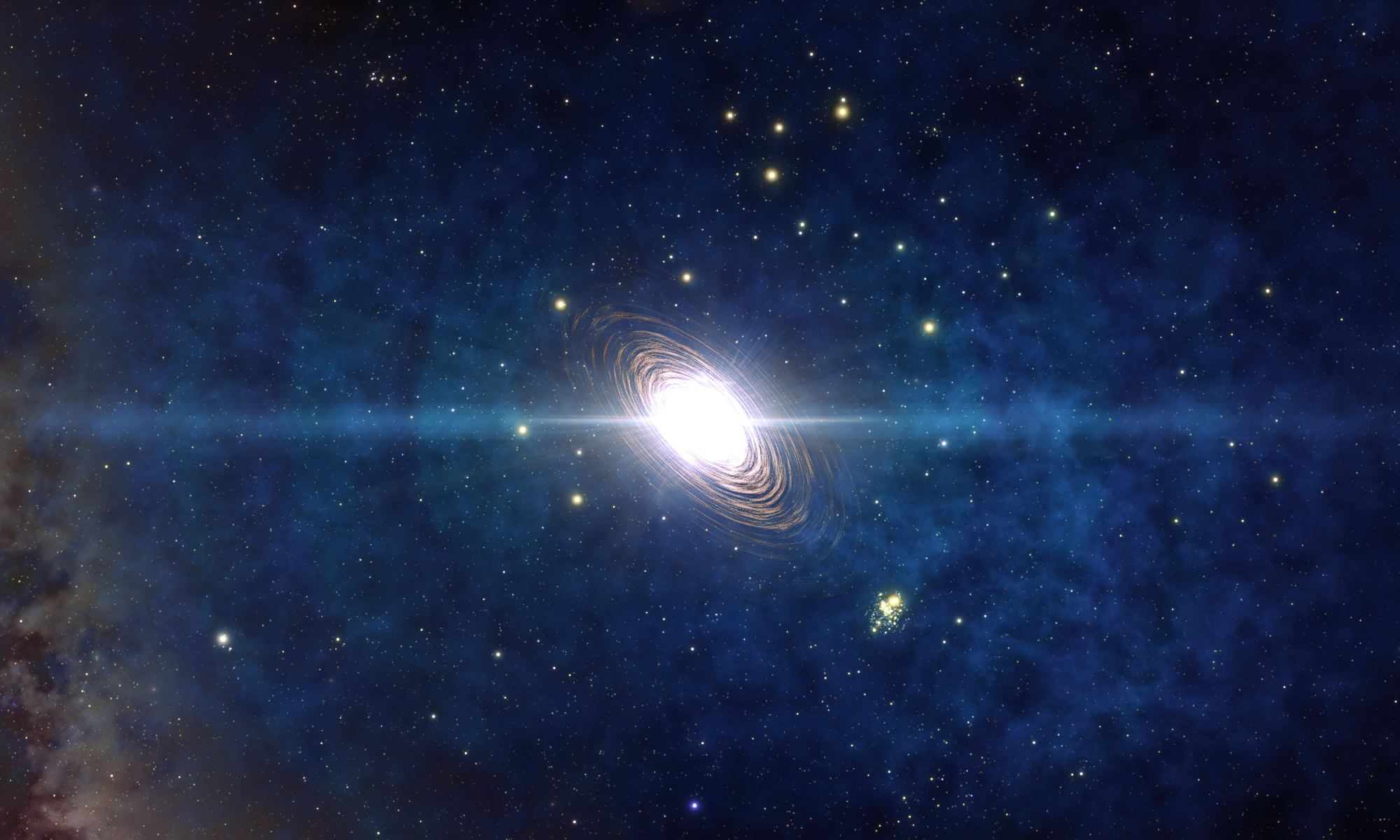The OSIRIS-REx mission has just completed NASA’s first sample-return mission from a near-Earth asteroid (NEA). The samples arrived at the Utah Test and Training Range (UTTR) near Salt Lake City, where a team of engineers arrived by helicopter to retrieve the sample capsule. The samples will be curated by NASA’s Astromaterials Research and Exploration Science Directorate (ARES) and Japan’s Extraterrestrial Sample Curation Center (ESCuC). Analysis of the rocks and dust obtained from Bennu is expected to provide new insight into the formation and evolution of the Solar System.
Continue reading “The OSIRIS-REx Capsule Has Landed! Asteroid Samples Returned!”The OSIRIS-REx Capsule Has Landed! Asteroid Samples Returned!
